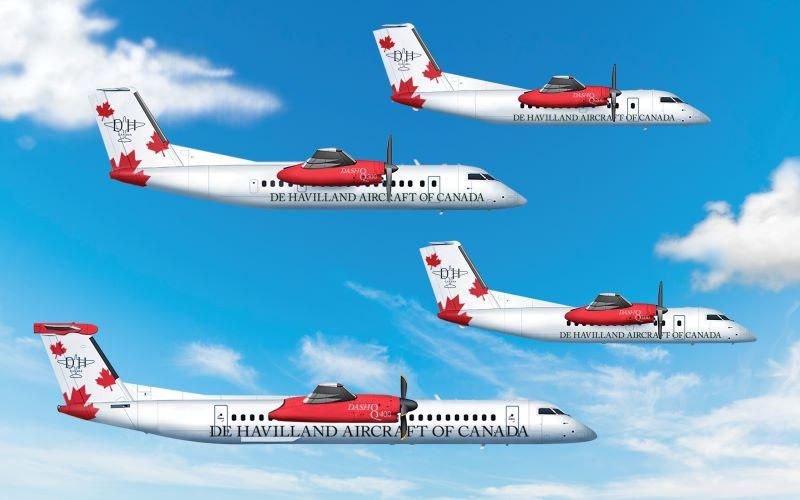
Credit: De Havilland of Canada Limited
The head of Connect Airlines believes the benefits of turboprop flying could lead to a revival of turboprops in the U.S. John Thomas, CEO of Waltzing Maltilda Aviation, which aims to launch scheduled service with Connect, recently explained during the CAPA Live September conference that on sectors...
Subscription Required
This content requires a subscription to one of the Aviation Week Intelligence Network (AWIN) bundles.
Schedule a demo today to find out how you can access this content and similar content related to your area of the global aviation industry.
Already an AWIN subscriber? Login
Did you know? Aviation Week has won top honors multiple times in the Jesse H. Neal National Business Journalism Awards, the business-to-business media equivalent of the Pulitzer Prizes.





